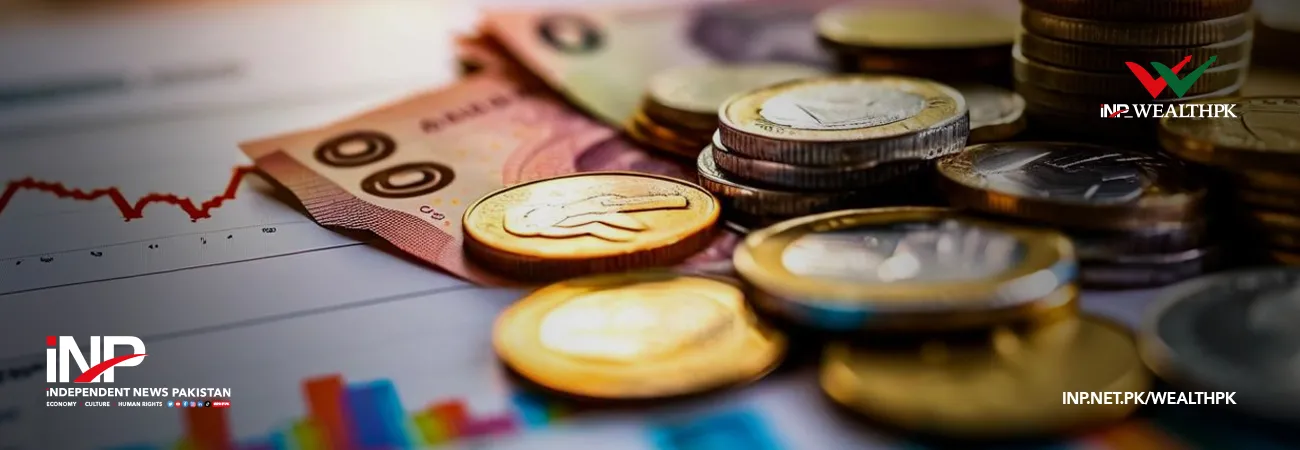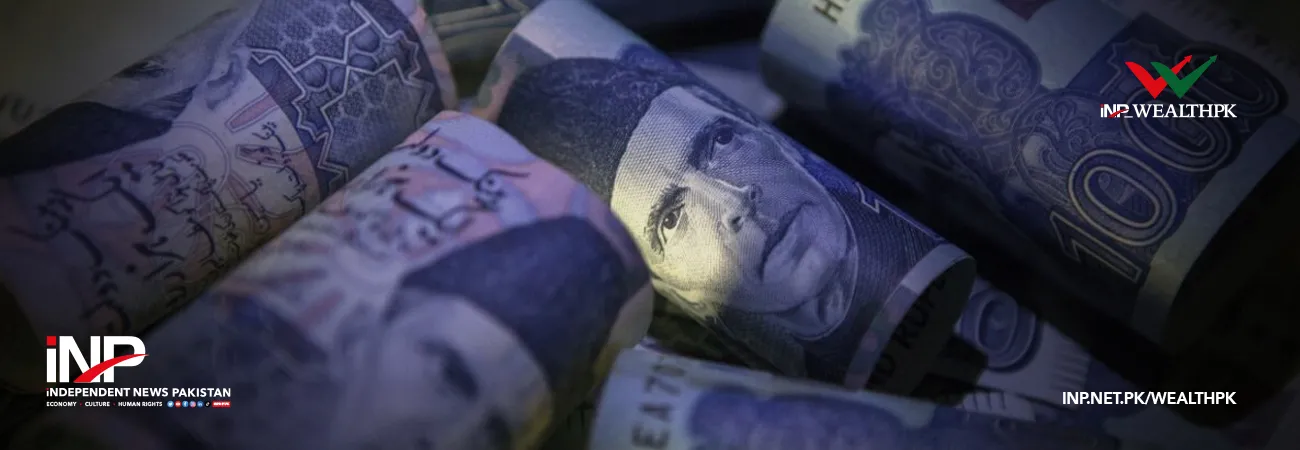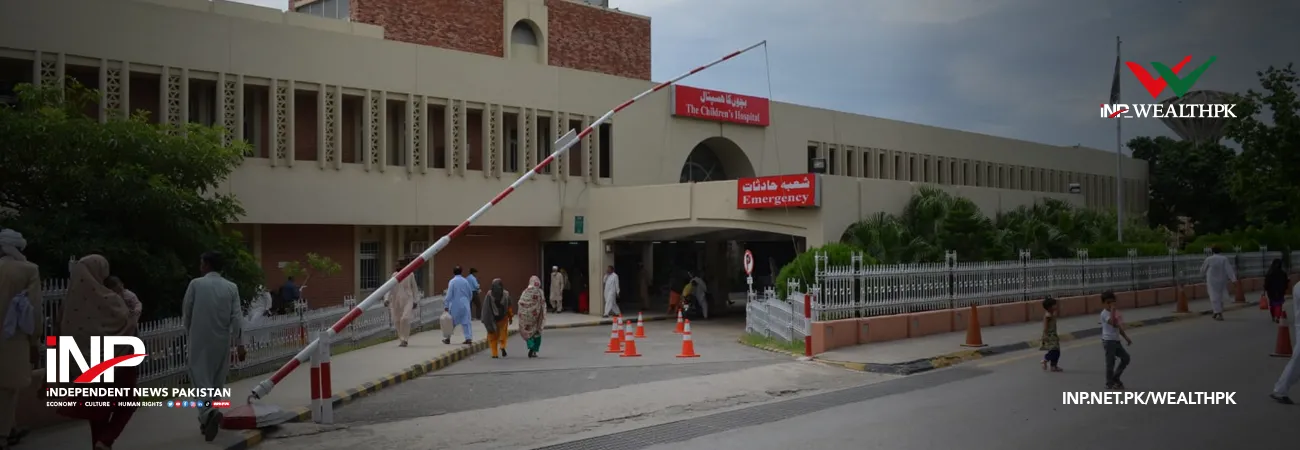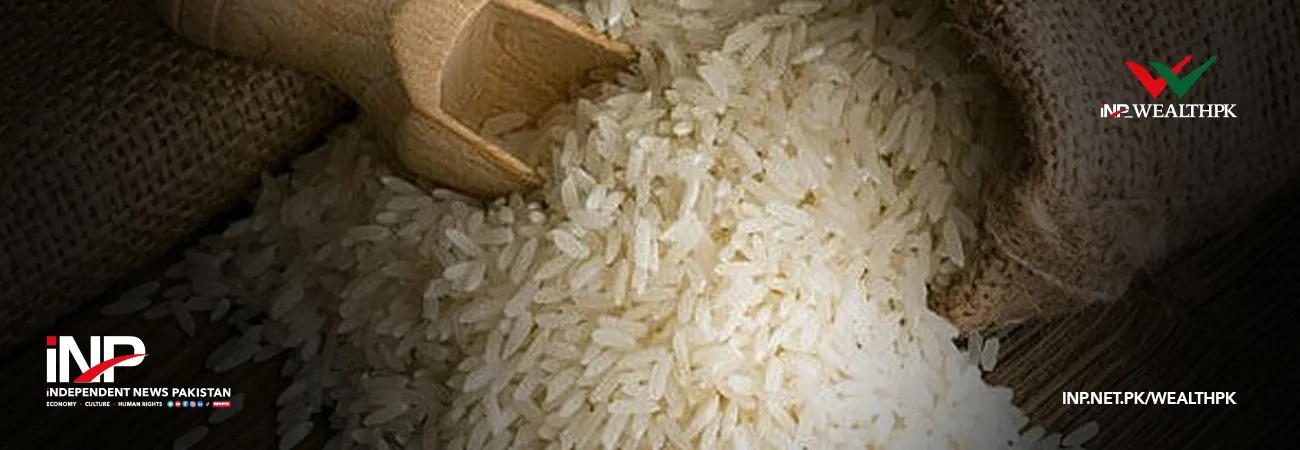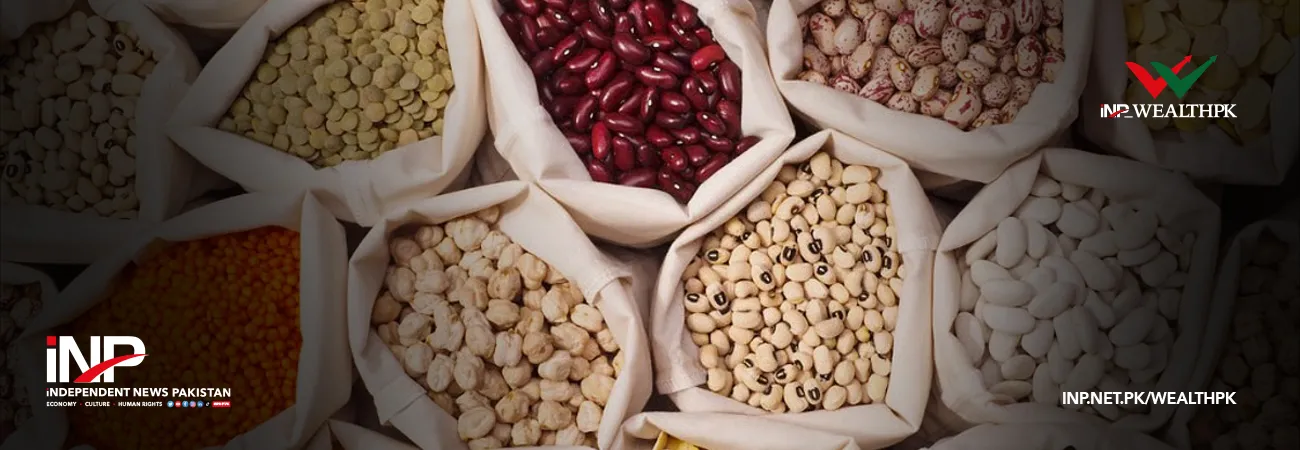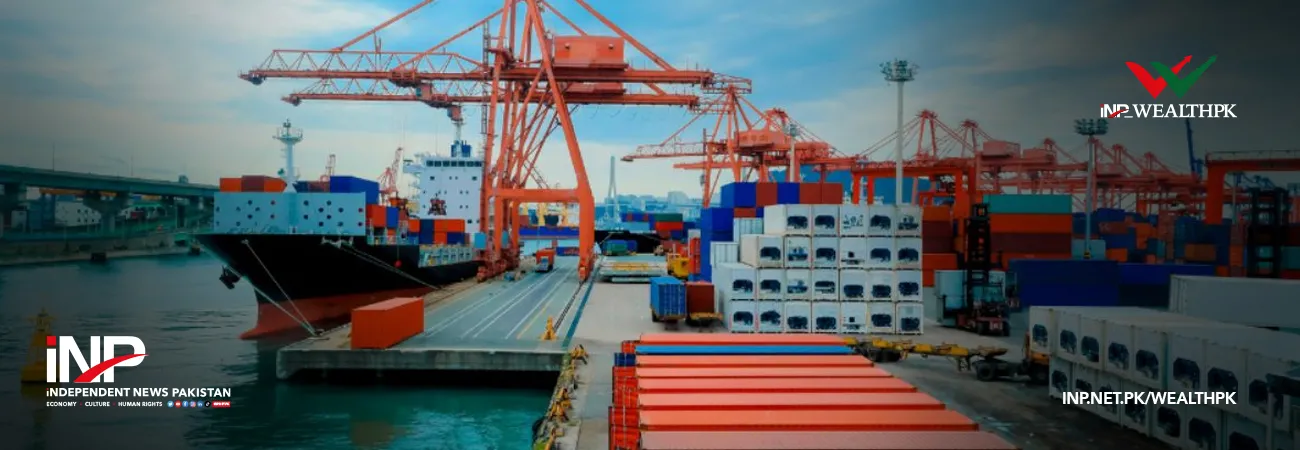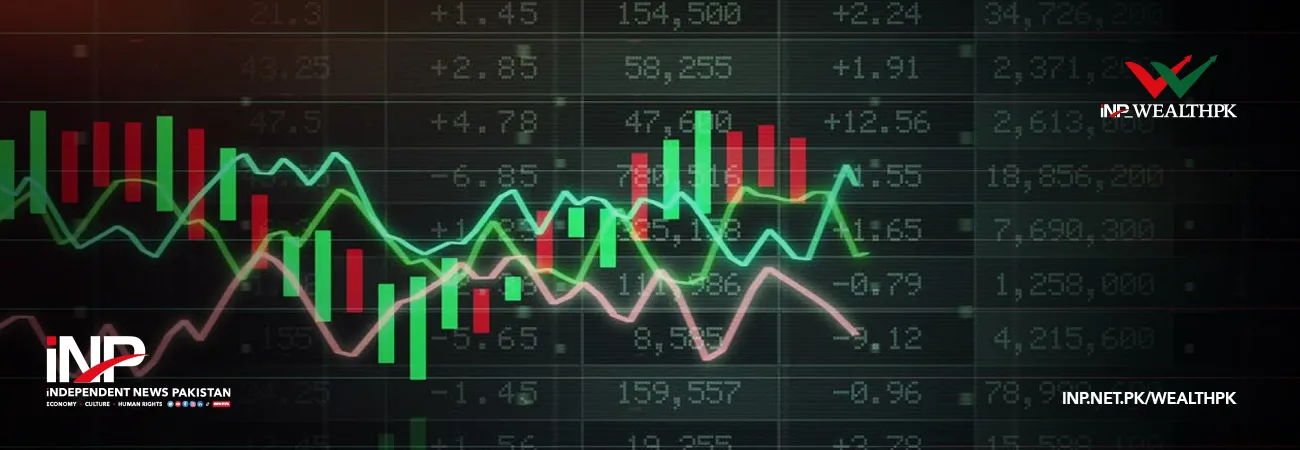INP-WealthPk
ISLAMABAD, June 17 (INP): Rising Cost of Energy and taxation haunting Ceramic tile Industry and what is the way-out needed to be considered, says a report published by Gwadar Pro on Friday.
Since 2018, with strong policy support, the ceramic tile industry, which used to be highly dependent on imports, began to turn to local production.
Now, 80% of tiles in Pakistan are produced domestically, while the demand for Chinese and Spanish tiles, once 2 major import sources, drastically declined— thanks to the government’s reconsidered import custom duty in Ceramic/Porcelain Tiles from major export countries to Pakistan, says a report published by Gwadar Pro on Friday.
Statistics from UN COMTRADE indicated that in 2020, Pakistan’s import volume of ceramic goods reached US $81.17 million, the lowest in the past decade. Total import of goods in 2020 was US $45 billion, while ceramic goods accounted for 0.18% of the country’s total import.
Currently, Pakistan’s domestic ceramics market demonstrated high price sensitivity. a few words from practitioners are very revealing, “We have products from both Pakistan and other countries, but Pakistani products are the most popular since they are cheap.”
Sadam Yaqub, a ceramics businessman from Lahore told Gwadar Pro, “However, certain groups of customers will always take brand and quality as their priority, these customers always go for the imported products.”
Pricing is important, but not in the long-term, especially now since the world-wide rising cost of energy has put a threat to the price advantage of Pakistani ceramics.
“We use two types of energy during ceramics manufacturing, either LPG or Sui gas (natural gas). The cost of Sui gas is doubled as compared to before, price for LPG is around PKR170 to180 per kg (PKR218.76 per kg to date). Obviously, all the cost will fall on us and our customers will bear the load.” Mazhar Iqbal, Production Manager at Deen China Ware, Gujranwala told the reporter. Another brand owner, Waseem Khan, shared a similar story:
“Before we were exporting to Saudi Arabia, now since the price of Sui gas and electricity hiked, we got out of that market.”
“From 2002 to 2007, the ceramics industry was flourishing. After the gas crisis occurred, the industry started declining. From 2014 to 2015, the situation has hit its worst. Indeed, the situation since 2018 got a little bit better, but the global gas fluctuations spurred a new round of crisis, started in the last 5 months.” Rana Shahzad Hafeez, President of Pakistan Ceramics Manufacturing Association said, “Meanwhile, business owners need to face heavy taxations, including heavy import duty of raw materials, additional tax on gas fee and tax on electricity.”
“The situation right now is that we are not able to provide the same quality products as compared to other countries. At the same time, our cost of gases, electricity, etc. is very high. In the near future, we will not be able to compete with them if nothing changes.” Mazhar Iqbal added.
Benchmark European gas prices jumped 24% on June 15th, closed at 120.33 euros. The market has rallied 52% over the past week, how can the ceramics industry survive in a worsen environment?
“Look, if we have better machinery here, then you will see better results. If we have an automatic production line, we will achieve a higher production efficiency. Our labor is still cheaper and the country is rich in crucial raw materials.” Mazhar Iqbal said.
“My customer goes to imported products, since they are well-designed. In other countries, designing department works side by side with production department, in here, it is a bit hasty when comes to design.”
Sadam Yaqub, another ceramics businessman in Lahore, shared his observation, “Moreover, we are not short on labor, but skilled labor takes time to train, the government does need to launch programs to educate our children (on ceramics manufacturing).”
According to our research, all evidence suggests that besides governmental level support, the industry is in dire need of technological innovation and standardization to resist risks.
In China’s “Porcelain Capital”, Jingdezhen, similar problems occurred in the late 90s, small workshops left the industry to seek other ways of living. Larger enterprises focused on investing in technological upgrades. Now, a full-automatic ceramic equipment in Jingdezhen can produce at least 300 ceramic products per hour, which is equivalent to the daily output of a semi-automatic equipment, and the deformation rate of products has been reduced from 15% to about 5%.
The trend of intelligent production line is also reshaping China’s ceramics industry. A three-layer drying kiln, equipped with sensors, real-time transmission of raw material proportioning, and intelligent adjustment of fuel/gas consumption benefited a brand owner from China’s Shandong province, “After the intelligent transformation, the cost was reduced by more than 15%—by saving energy consumption, the product excellence rate was increased by 3%, and the enterprise profit margin was increased by 10%.” the owner of Unity Ceramics, Chen Shiwei, told a local newspaper.
Under the framework of CPEC, besides from introducing Chinese capitals into the market, Pakistan can also embrace technology investment from China and adopt the standardized training protocols—compared with the traditional apprentice training methods, the standardized training protocols can enable workers to engage with standardized production in a shorter time, greatly reducing the time of personnel training, thus stimulating employment and turning low-end technical talents into high-end technical talents.
INP/javed




